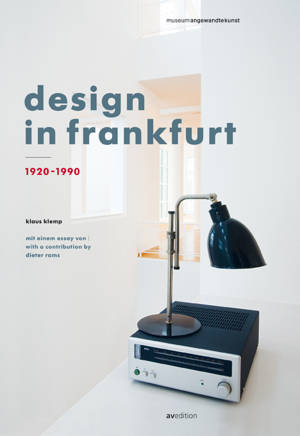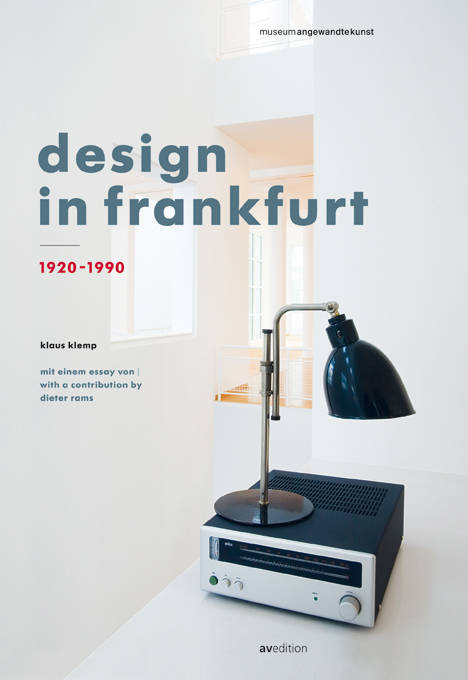
Je cadeautjes zeker op tijd in huis hebben voor de feestdagen? Kom langs in onze winkels en vind het perfecte geschenk!
- Afhalen na 1 uur in een winkel met voorraad
- Gratis thuislevering in België vanaf € 30
- Ruim aanbod met 7 miljoen producten
Je cadeautjes zeker op tijd in huis hebben voor de feestdagen? Kom langs in onze winkels en vind het perfecte geschenk!
- Afhalen na 1 uur in een winkel met voorraad
- Gratis thuislevering in België vanaf € 30
- Ruim aanbod met 7 miljoen producten
Zoeken
Design in Frankfurt 1920-1990
With a Contribution by Dieter Rams and a Prologue by Matthias K. Wagner
Klaus Klemp, Dieter Rams, Matthias K Wagner
Paperback | Engels
€ 27,95
+ 55 punten
Omschrijving
"Less, but better" The motto of the Frankfurt designer Dieter Rams is still topical today - and very much so. In the face of rapid globalization and an increasing number of premium product consumers, the question on the resources and the longevity of products inevitably arises.
The book outlines the prevalent design trends in Frankfurt and in the Rhine-Main-area from the 1920s to the 1980s. For furniture, interior and graphic design made in and around Frankfurt over seven decades, functionality, visual strength, austerity, aesthetics in clear shapes and the visionary element always played a major role. This first compact illustration of regional design also raises the question, to what extent German design in the 20th century defined itself through decentralized but intensively interlinked places and institutions.
The book outlines the prevalent design trends in Frankfurt and in the Rhine-Main-area from the 1920s to the 1980s. For furniture, interior and graphic design made in and around Frankfurt over seven decades, functionality, visual strength, austerity, aesthetics in clear shapes and the visionary element always played a major role. This first compact illustration of regional design also raises the question, to what extent German design in the 20th century defined itself through decentralized but intensively interlinked places and institutions.
Specificaties
Betrokkenen
- Auteur(s):
- Uitgeverij:
Inhoud
- Aantal bladzijden:
- 96
- Taal:
- Engels
Eigenschappen
- Productcode (EAN):
- 9783899862072
- Verschijningsdatum:
- 7/12/2014
- Uitvoering:
- Paperback
- Formaat:
- Trade paperback (VS)
- Afmetingen:
- 140 mm x 262 mm
- Gewicht:
- 317 g

Alleen bij Standaard Boekhandel
+ 55 punten op je klantenkaart van Standaard Boekhandel
Beoordelingen
We publiceren alleen reviews die voldoen aan de voorwaarden voor reviews. Bekijk onze voorwaarden voor reviews.









